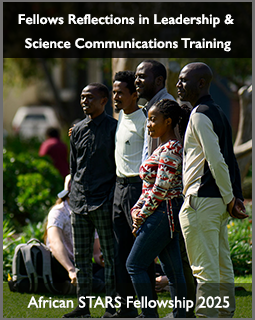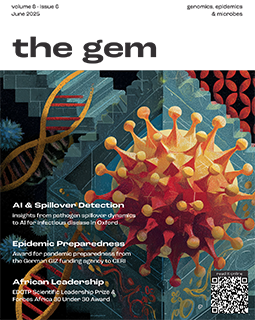Uncovering the Evolutionary Path of AAV Capsid Genes

What began as Robert Gifford’s small side project – building a database of AAV genomes – soon uncovered a striking pattern: capsid genes appearing in unexpected places. His work revealed that these genes have frequently hopped between lineages, reshaping the evolution of axdeno-associated viruses. Beyond rewriting viral history, Robert’s findings also shed light on how this natural “gene swapping” could influence the future of gene therapy. Before we share a link to Robert’s recently published paper, let’s hear more from him about his comprehensive study.
What is it about?
Adeno-associated viruses (AAVs) are small viruses widely used in gene therapy because they can deliver genetic material into cells. Two of their most important genes are rep, which encodes proteins that control virus replication, and cap, which encodes proteins that form the virus’s protective outer shell. Normally, these genes evolve together as the virus and its host species co-diverge over long periods of time. In this study, we found that the cap gene has often been exchanged between different AAV lineages in a process known as horizontal gene transfer. These exchanges have occurred across AAVs infecting many different mammal groups and have played a major role in shaping AAV diversity. Our analysis combined data from modern viruses and ancient viral DNA sequences preserved in host genomes, giving new insights into how these gene transfers have shaped AAV evolution.
Why is it important?
This is the first comprehensive study to show that AAV capsid genes have spread widely between different viral lineages, independently of their replication genes. These results highlight that AAV genes, while often linked in evolution, can sometimes take very different paths. Understanding how capsid genes move between lineages is important for two reasons:
- It helps reconstruct the true evolutionary history of AAVs and related viruses.
- It may have practical implications for gene therapy, where engineered AAV capsids are used to target specific tissues. Knowing the natural “mix-and-match” history of capsids could inform how we design safer, more effective viral vectors.
A personal perspective
“This paper grew out of what I thought would be a small side project – building a reference database for AAV genomes,” explains Robert. “But as I looked closer, a surprising pattern emerged: a single capsid lineage turning up in distantly related viruses. That curiosity became the driving force behind months of detective work, using evolutionary analysis to piece together how these capsids spread.”What excites Robert most is that this work links the deep evolutionary history of viruses with very modern biotechnology. It also shows the value of open, reproducible science: everything from the data to the analysis pipeline is publicly available, so others can test, reuse, and build on it. “I hope it sparks both basic research into viral evolution and thoughtful discussion about how lab practices might unintentionally shape the viruses we study,” says Robert. Read the fascinating full article here: https://www.pnas.org/doi/full/10.1073/pnas.2505928122
About Robert
 Robert J. Gifford is an evolutionary biologist specialising in virus evolution, with over 20 years of research experience spanning molecular, ecological, and deep-time perspectives. His work addresses three central questions: what drives the emergence of viral diseases, how ecological and evolutionary processes shape virus diversity, and how viruses influence host evolution. A pioneer of paleovirology, he has mapped and characterised endogenous viral elements to reveal the ancient origins and long-term coevolution of viruses and their hosts. Committed to open science, he develops software frameworks to make infectious disease genomics more accessible and transparent, particularly in resource-limited settings. His research integrates genomics, phylogenetics, and functional studies to illuminate the reciprocal influence of viruses and their hosts over millions of years.
Robert J. Gifford is an evolutionary biologist specialising in virus evolution, with over 20 years of research experience spanning molecular, ecological, and deep-time perspectives. His work addresses three central questions: what drives the emergence of viral diseases, how ecological and evolutionary processes shape virus diversity, and how viruses influence host evolution. A pioneer of paleovirology, he has mapped and characterised endogenous viral elements to reveal the ancient origins and long-term coevolution of viruses and their hosts. Committed to open science, he develops software frameworks to make infectious disease genomics more accessible and transparent, particularly in resource-limited settings. His research integrates genomics, phylogenetics, and functional studies to illuminate the reciprocal influence of viruses and their hosts over millions of years.
News date: 2025-09-01
Links:










